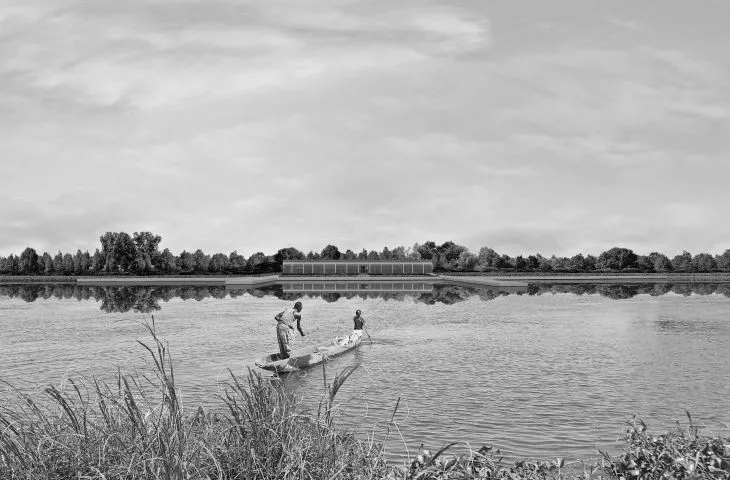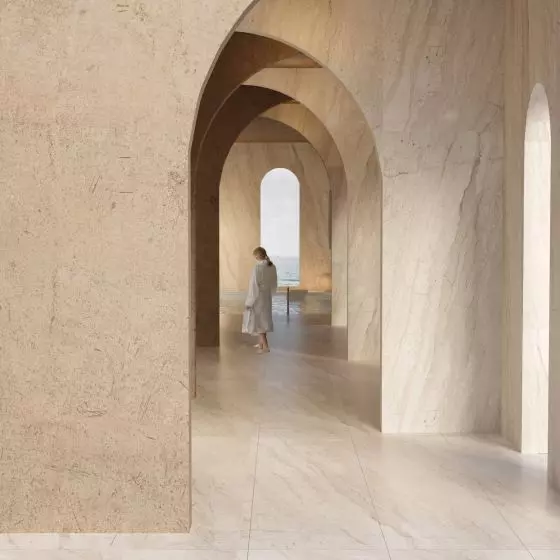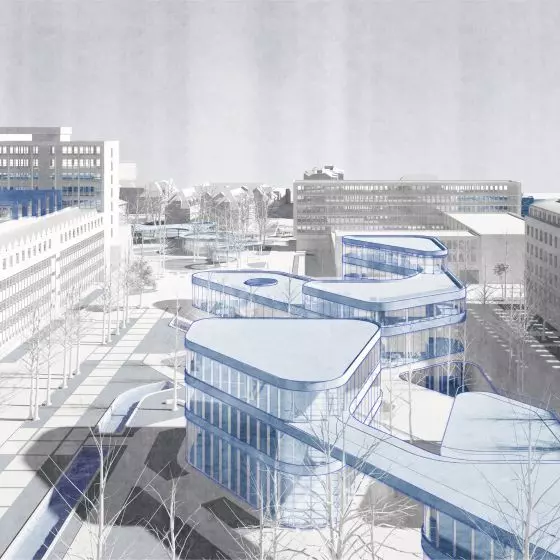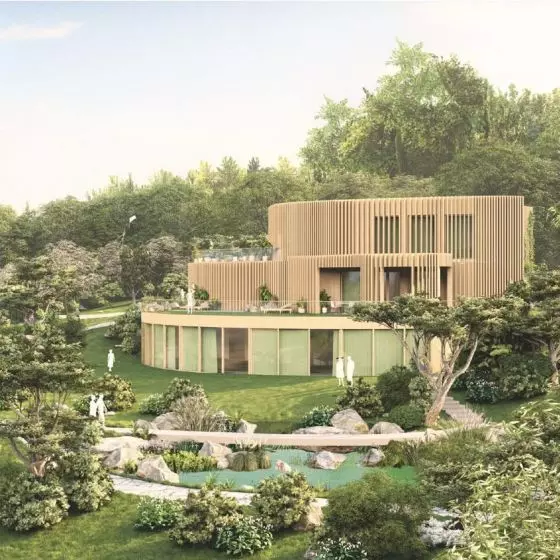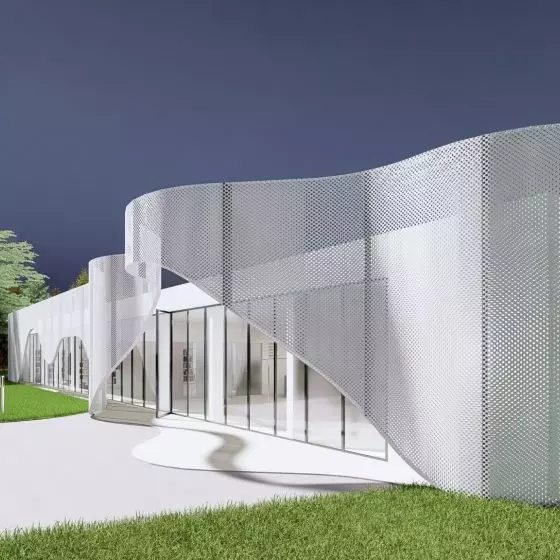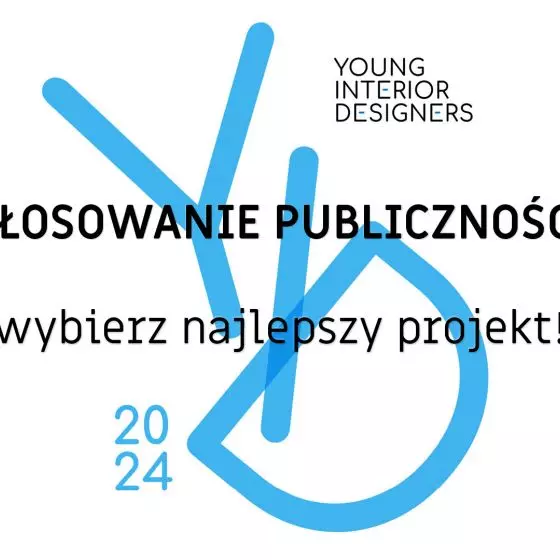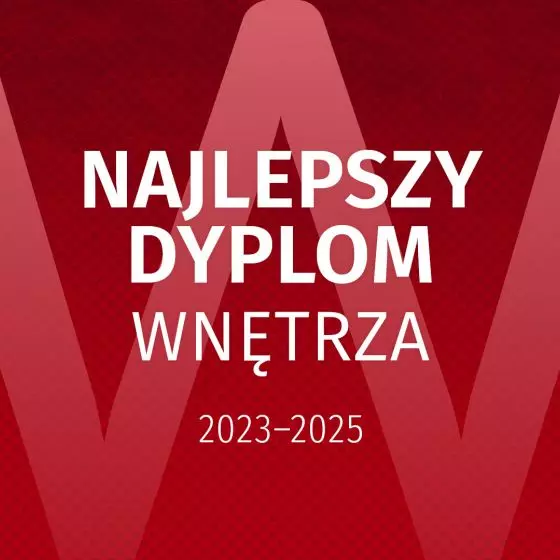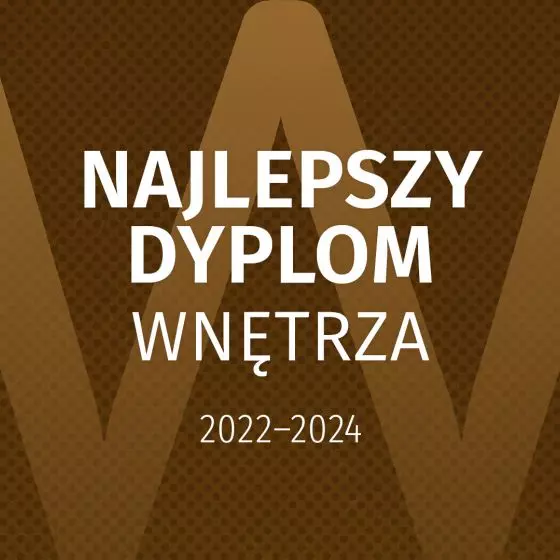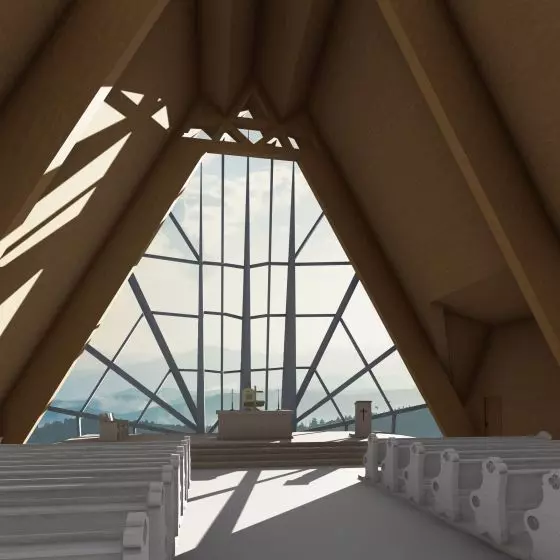The subject of Tomasz Kruszyński' s master's thesis entitled. "INVISIBLE SACRUM" is to show the social role of architecture as a protest in defense of religious freedom. South Sudan, the youngest country in the world, was used as an example. A graduate of the Gdansk University of Technology, after determining the needs of the Juba community, proposed the creation of an educational and health facility and a temple.
The work was created under the direction of Dr. Agnieszka Blazko at the Faculty of Architecture of Gdansk University of Technology, assumes the development of structural solutions for the architecture of persecuted Christianity, in places marked by humanitarian disasters.
The shape of the buildings refers to the architecture of typical Sudanese schools
© Tomasz Kruszyński
As Tomasz Kruszyński states:
Architecture is the art and skill of consciously organizing space in viable forms aimed at satisfying the material and spiritual needs of man, where function, construction and form must form a single coherent whole. Architecture is also a response to social needs. The work aims to indicate the role of architecture as a tool that has multiple impacts on political, economic and social relations. The project is intended to show the fact that architecture can and sometimes even should make a statement in defense of human rights.
The layout resembles a traditional dormitory floor according to monastic patterns
© Tomasz Kruszyński
The author focused on the problem of the space of Christianity and Christians themselves, posing the question - Can modern sacred architecture, in places affected by persecution, refer, if only in a symbolic sense, to its historical patterns of the persecuted Church of the first centuries?
the world's youngest country and its needs
A fundamental goal for Tomasz Kruszyński was to find an area where the facility could realistically be built.
The temple is located in the underground
© Tomasz Kruszyński
According to the author:
The World Persecution Index document monitors 50 countries where Christians experience particular suffering. Some 650 million Christians live in these countries, more than 200 million of whom are constantly exposed to very intense restrictions. With the help of the Salesian Missionary Center, I was able to get in touch with a missionary working in South Sudan, the country itself is not included in the Persecution Index, but its history is closely related to the topic of Christianity's cultural persecution [...].
Contact with the missionary allowed Tomasz Kruszyński to identify functional needs based on the cultural vision of the community living in and around Juba. Numerous surveys and conversations revealed the most important needs of the residents. On the humanitarian level - the creation of an educational and health care facility, and on the cultural and religious level - the construction of a temple, as the existing chapel is in danger of collapse.
The project is also a study of material - brick and concrete
© Tomasz Kruszyński
architecture that brings help
Thecompositional and functional pattern of the proposed establishment refers to monastic architecture. The main difference, however, is the location of the temple in the underground, central part of the project, which, according to the author, is intended to express a manifesto in defense of religious freedom. The shape of the development is reminiscent of the architecture of typical Sudanese schools. The project is also a kind of material study, focusing on the relationship between concrete and brick. According to the architect, the raw concrete symbolizes emptiness and persecution, while the brick symbolizes the humanitarian role of the building, while the geometry of the plan based on ideal figures emphasizes the sacred character of the building.
The compositional and functional pattern of the proposed establishment refers to monastic architecture
© Tomasz Kruszyński
The building is a multifunctional response to the needs of the community living in the area. The first floor houses a clinic with specialized offices and a school. The -1 floor is intended as a residential area. The layout resembles a traditional dormitory floor according to monastic models. Here there are rooms for guests, cells of nuns taking care of the facility and the community, and rooms for orphans. The refectory and library are connected to the atrium, which becomes a flexible and multifunctional space. The lowest level is a sacred zone referring in form tothe vernacular architecture of the Sudanese house and creating a sense of security. The temple is based on a circular plan with a central baptistery and chancel.
The project is in the finals of this year's Zbyszek Zawistowski "Diploma of the Year" Award, the results of which will be announced in October. In addition to this work, the nominees for the award include: Adam Grudzień and Iga Jagodzinska with a project for a craftsmen's settlement in Kashubia, Konrad Lepak with a project for a hotel on the Solina Reservoir and Iga Ostrowska author of a project for a community development.
compiled by: Dobrawa Bies
illustrations courtesy of Tomasz Kruszyński






